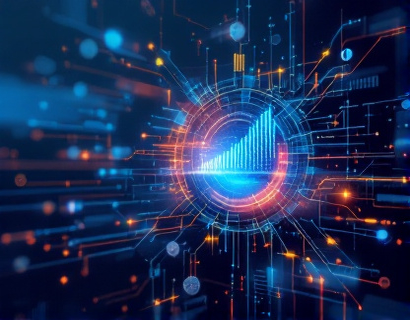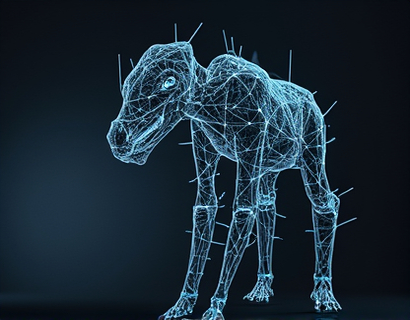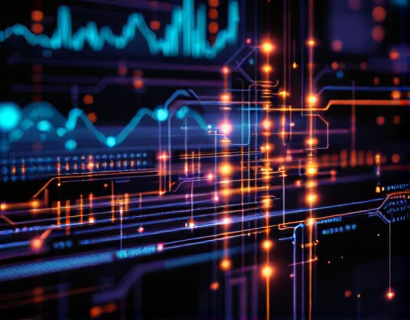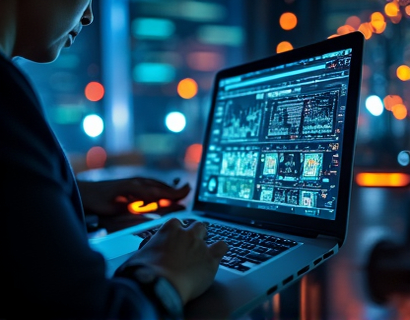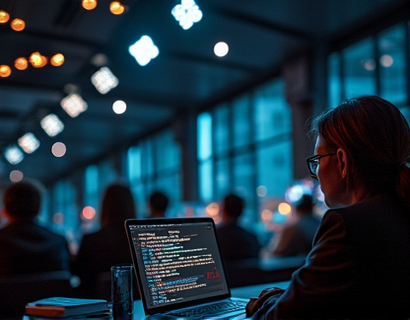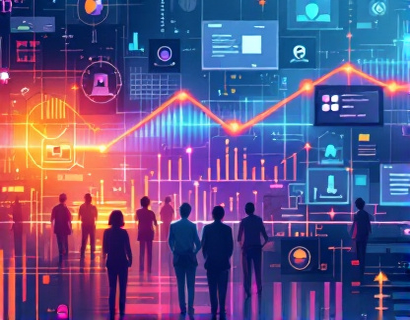Advanced AI Image Authentication: Ensuring Digital Content Integrity with Cutting-Edge Verification Technology
In an era where digital content is ubiquitous and easily manipulable, the need for robust image authentication has never been more critical. The rise of artificial intelligence (AI) has introduced sophisticated tools for creating and altering images, posing significant challenges to professionals across various fields. This article delves into the advanced software solutions designed to detect AI-generated and altered images, ensuring the authenticity and integrity of digital media. These tools are meticulously crafted to empower digital media professionals, content creators, brand managers, security analysts, legal and compliance teams, journalists, and educators to navigate the complexities of image manipulation and AI creation.
The importance of verifying the authenticity of visual content cannot be overstated. In a world where deepfakes and AI-generated images can mislead and deceive, the ability to trust what we see online is paramount. This is especially true for brands, whose reputations can be severely damaged by the spread of altered or fake images. Advanced image authentication software provides a reliable method to verify visual content, offering peace of mind and enhancing informed decision-making.
Understanding Image Manipulation and AI-Generated Content
Image manipulation has evolved from basic photo editing to sophisticated AI-driven techniques. Traditional methods involved manually altering images using software like Adobe Photoshop. However, with the advent of AI, the process has become automated and far more intricate. AI algorithms can analyze and modify images at an unprecedented scale, creating highly realistic alterations that are difficult to detect.
AI-generated images, also known as deepfakes, are created using deep learning models that can generate convincing visual content based on input data. These images can be used for malicious purposes, such as spreading misinformation, impersonating individuals, or creating fake news. The challenge lies in distinguishing these AI-generated images from authentic ones, a task that requires advanced verification tools.
Key Features of Advanced Image Authentication Software
Advanced image authentication software incorporates a range of cutting-edge technologies to detect and verify the authenticity of visual content. Some of the key features include:
- Deep Learning Algorithms: These algorithms are trained on vast datasets of authentic and manipulated images to identify patterns and anomalies that indicate alteration or AI generation.
- Metadata Analysis: The software examines the metadata embedded in images, which can reveal information about the image's origin, creation date, and modifications made over time.
- Fingerprinting Techniques: Unique digital fingerprints are created for each image, allowing the software to track and verify the image's authenticity across different platforms.
- Consistency Checks: The software analyzes the consistency of visual elements within an image, such as lighting, shadows, and reflections, to detect inconsistencies that may indicate manipulation.
- Behavioral Analysis: By studying the behavior of pixels and patterns within an image, the software can identify signs of AI-generated content that deviate from natural image properties.
These features work in concert to provide a comprehensive verification process, ensuring that the images being analyzed are genuine and unaltered.
Applications Across Various Fields
The applications of advanced image authentication software are diverse and critical across multiple industries. Here’s how different professionals can benefit:
Digital Media Professionals
For digital media professionals, ensuring the authenticity of visual content is crucial for maintaining credibility and trust. Advanced image authentication tools help verify the integrity of images used in articles, reports, and multimedia presentations, reducing the risk of spreading misinformation.
Content Creators
Content creators, including photographers and videographers, can use these tools to protect their work from unauthorized alterations and ensure that their original content is not misrepresented. This is particularly important in an age where user-generated content can be easily manipulated.
Brand Managers
Brand managers rely on the authenticity of visual content to maintain their brand's reputation. Advanced image authentication helps detect any altered images that could harm the brand’s image, allowing for swift action to be taken.
Security Analysts
Security analysts use image authentication tools to identify and mitigate threats related to deepfakes and manipulated images. These tools can help in forensic investigations, monitoring for suspicious activities, and enhancing overall cybersecurity measures.
Legal and Compliance Teams
Legal and compliance teams can leverage these tools to ensure that digital evidence presented in court or regulatory filings is authentic and reliable. This is essential for maintaining the integrity of legal processes and compliance efforts.
Journalists
Journalists depend on the accuracy of visual evidence to support their reports and investigations. Advanced image authentication tools enable them to verify the authenticity of images, ensuring that their work is based on reliable sources and reducing the risk of publishing false information.
Educators
Educators can use these tools to teach students about digital literacy and the importance of verifying visual content. By incorporating image authentication into their curricula, educators can prepare the next generation to navigate the digital world responsibly.
Benefits of Advanced Image Authentication
The implementation of advanced image authentication software offers numerous benefits:
1. **Enhanced Trust**: By ensuring the authenticity of visual content, organizations can build and maintain trust with their audience. This is particularly important for brands and media outlets.
2. **Risk Mitigation**: Detecting and preventing the spread of manipulated images helps mitigate risks associated with misinformation, legal issues, and reputational damage.
3. **Informed Decision-Making**: Authentic visual content provides a solid foundation for decision-making processes, whether in business, journalism, or research.
4. **Compliance and Regulation**: Many industries are subject to regulations that require the integrity of digital evidence. Advanced image authentication helps meet these compliance requirements.
5. **Content Integrity**: For content creators and publishers, these tools ensure that their work is not tampered with, preserving the integrity of their content.
Challenges and Considerations
While advanced image authentication software offers significant advantages, there are challenges and considerations to keep in mind:
1. **False Positives and Negatives**: No system is perfect, and there is a possibility of false positives (flagging authentic images as altered) and false negatives (missing altered images). Continuous improvement and updates are necessary to minimize these errors.
2. **Computational Resources**: Advanced algorithms require substantial computational power, which can be a consideration for smaller organizations with limited resources.
3. **User Education**: Effective use of these tools requires a certain level of technical knowledge. Providing training and support is essential to ensure that users can leverage the software's capabilities fully.
4. **Ethical Use**: The use of image authentication tools should be guided by ethical principles, ensuring that they are not used to unfairly discredit individuals or organizations without proper cause.
Future Trends in Image Authentication
The field of image authentication is rapidly evolving, driven by advancements in AI and machine learning. Some future trends include:
1. **Real-Time Verification**: The development of real-time image verification tools that can instantly authenticate content as it is shared online.
2. **Integration with Social Media Platforms**: Closer integration with social media platforms to automatically verify images before they are posted, reducing the spread of manipulated content.
3. **Blockchain Technology**: Utilizing blockchain to create immutable records of image authenticity, providing an additional layer of security and transparency.
4. **User-Friendly Interfaces**: The creation of more intuitive and accessible interfaces that make advanced image authentication tools usable for a broader audience.
5. **Cross-Platform Compatibility**: Ensuring that authentication tools work seamlessly across various devices and platforms, including mobile devices, to cater to the growing number of users accessing content on-the-go.
Conclusion
Advanced AI image authentication software represents a significant step forward in ensuring the integrity of digital content. By providing reliable methods to detect AI-generated and altered images, these tools empower professionals across various fields to navigate the complexities of image manipulation and AI creation. As the landscape of digital content continues to evolve, the importance of robust image authentication will only grow, making these solutions an essential component of modern digital strategies.



